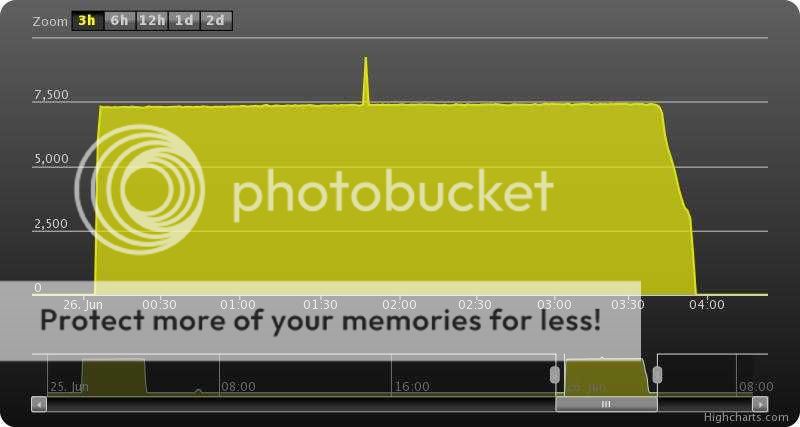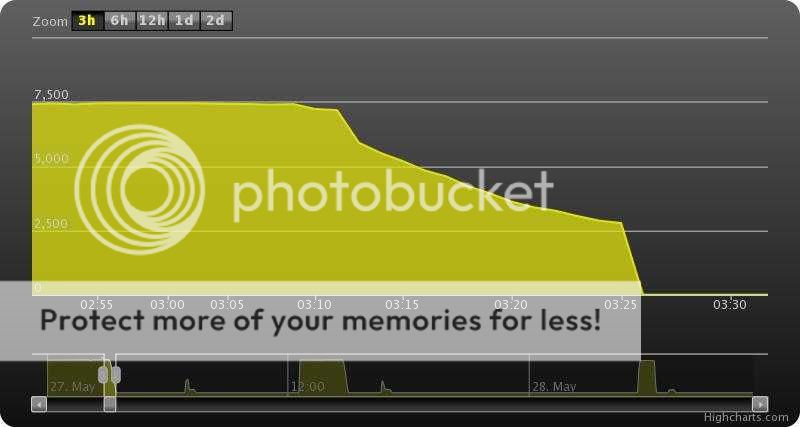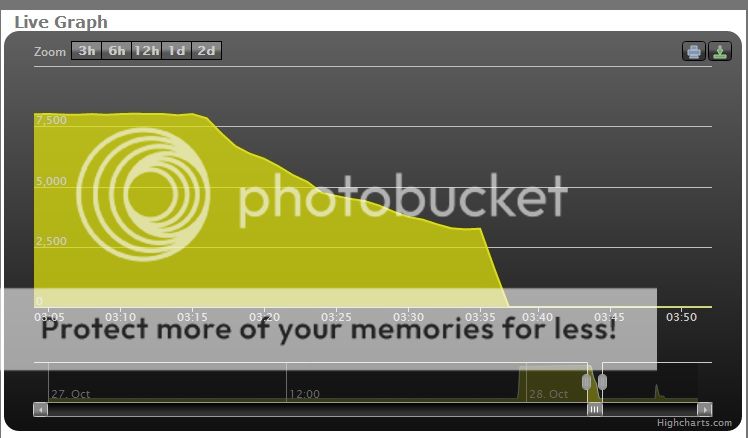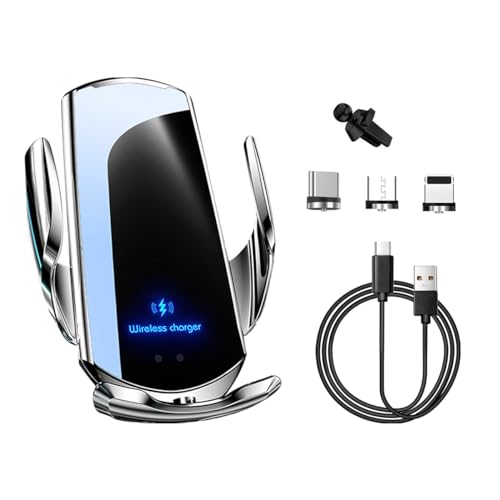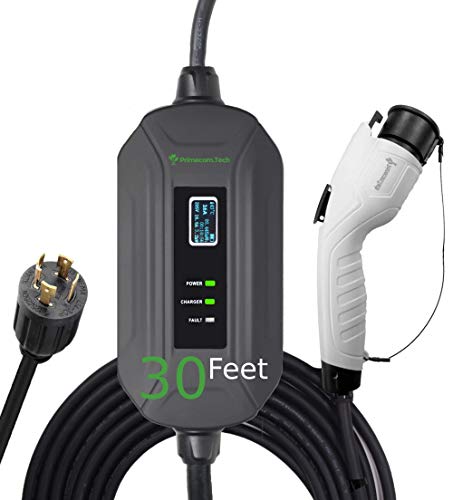Dsinned said:
I will have "tweeked" (i.e. calibrated) all settings in RavCharge to correlate as closely as possible to Entune's precharge estimates for projected range and the in-car's prediction for time to charge.
I'm not so sure why you want to do this - do you just want to see how silly your settings have to be to come up with a time-to-charge and/or range estimate similar to the car's? By the way, Entune is not involved in the car's time-to-charge prediction as far as I can tell - that's something entirely done by the car's computer and sometimes reported to Entune, sometimes not.
30.6kWh normal charge capacity (very conservative)
This is conservative for estimating your range, but it is decidely
NOT conservative for estimating time-to-charge - fewer kwh in your battery means shorter charge time.
2.9 mi/kWh driving efficiency (3.1mi/kWh actual in-car)
This setting is not used for time-to-charge calculations.
Number of bars on GoM: 8 bars
I would be careful to differentiate the number of bars from the "miles remaining" display which is I think what most people assume you're talking about when you refer to the Guess-o-Meter.
Dashboard charging est: 3 hrs 50 mins
I'm a bit surprised by this. Was this before or after plugging in, and was it after setting extended charge mode? I think that number's actually pretty close, and a bit optimistic if anything, which is basically unheard of for the car's time-to-charge estimator.
Based on what you've said are your best estimates of the actual conditions (235V/32A/49% SOC), and assuming a 41.8kwh extended / 35kwh normal charge capacity battery, I (hence RavCharge) would estimate your extended charge to actually take about 4:06. Do report back with the actual time!
EDIT: Once your car began charging it reported a remaining charge time of
5:03, which is much more in line with what I'd expect the car to report. It probably would've reported something greater than this if you checked it after plugging in and with extended mode selected, since after charging starts the car will finally know the voltage and can presumably improve upon its estimate (but its estimate still sucks.)
By the way, your charge tonight is a perfect example of why you should use RavCharge and not trust the car's timer! Because of the car's overestimate of time-to-charge, your charge started before midnight, which could mean you're paying higher energy rates. You let the car's timer kick in instead of setting it a few hours later than you actually want and letting RavCharge initiate the charge.
I have observed if you shutdown the car with the climate control still in operation, the range indicated by Entunes will differ from the range indicated by Ravcharge, if they would have been otherwise the same. For this reason, I'm now in the habit of making sure my climate control system is turned "off" BEFORE I shutdown the car. This helps keep Ravcharge and Entune's range estimates in sync.
Are you mixing "Entune range" with "dash range"? These are not the same. From what I've seen, the Entune range is equal to the dash range with the CC off. And RavCharge's display of Entune range is exactly the same as what the Entune app will display (except perhaps for some rounding differences.) RavCharge's "real" range prediction, on the other hand, is unrelated to the dash/Entune, aka GoM, range, and is the only range I recommend anyone pay attention to (in concert with their expected efficiency for a planned drive.)




